
Ancistrus
What kind of animal is Ancistrus?
Ancistrus is a genus of nocturnal freshwater fish in the family Loricariidae, native to freshwater habitats in South America and Panama.
They are commonly known as bushynose or bristlenose catfish in the aquarium trade, where they are popular for their ability to clean algae from the tank.
Ancistrus fish have a body covered in bony plates and a ventral suckermouth.
The most distinctive feature of this genus is the fleshy tentacles found on the head in adult males, which are used for attracting females and defending territory.
Females have smaller tentacles along the snout margin, but lack them on the head.
Ancistrus fish also have evertible cheek odontodes, which are modified teeth that can be extended outwards.
These are more developed in males than in females.
Ancistrus fish are usually brown, grey or black in color, often with small white or yellow spots.
They can grow up to 15 cm in length, but most species are smaller.
They are vegetarian fish that feed mainly on algae, but also accept vegetables and prepared foods.
They are peaceful fish that can coexist with other species in a community tank, as long as they have enough hiding places and wood to graze on.
Ancistrus fish are unusual among vertebrates in having an X0 sex-determination system, which means that females have two X chromosomes and males have only one X chromosome.
This system is more common in arthropods, but very rare in other animals.
Ancistrus fish are also able to obtain oxygen through their modified stomach, which allows them to survive in low-oxygen conditions.
Ancistrus fish are easy to breed in captivity, as long as the water parameters are suitable and the males have a suitable cave to guard.
The females lay eggs inside the cave, which are fertilized and guarded by the males until they hatch.
The fry are able to feed on their own after a few days, and can be raised on algae and crushed foods.
Ancistrus is the largest genus in the tribe Ancistrini, and the second largest genus in the family Loricariidae, after Hypostomus.
There are currently 70 recognized species of Ancistrus, but many more are yet to be described.
Some of the species are assigned a provisional number, according to the L-number system for loricariids.
Example of the color palette for the image of Ancistrus
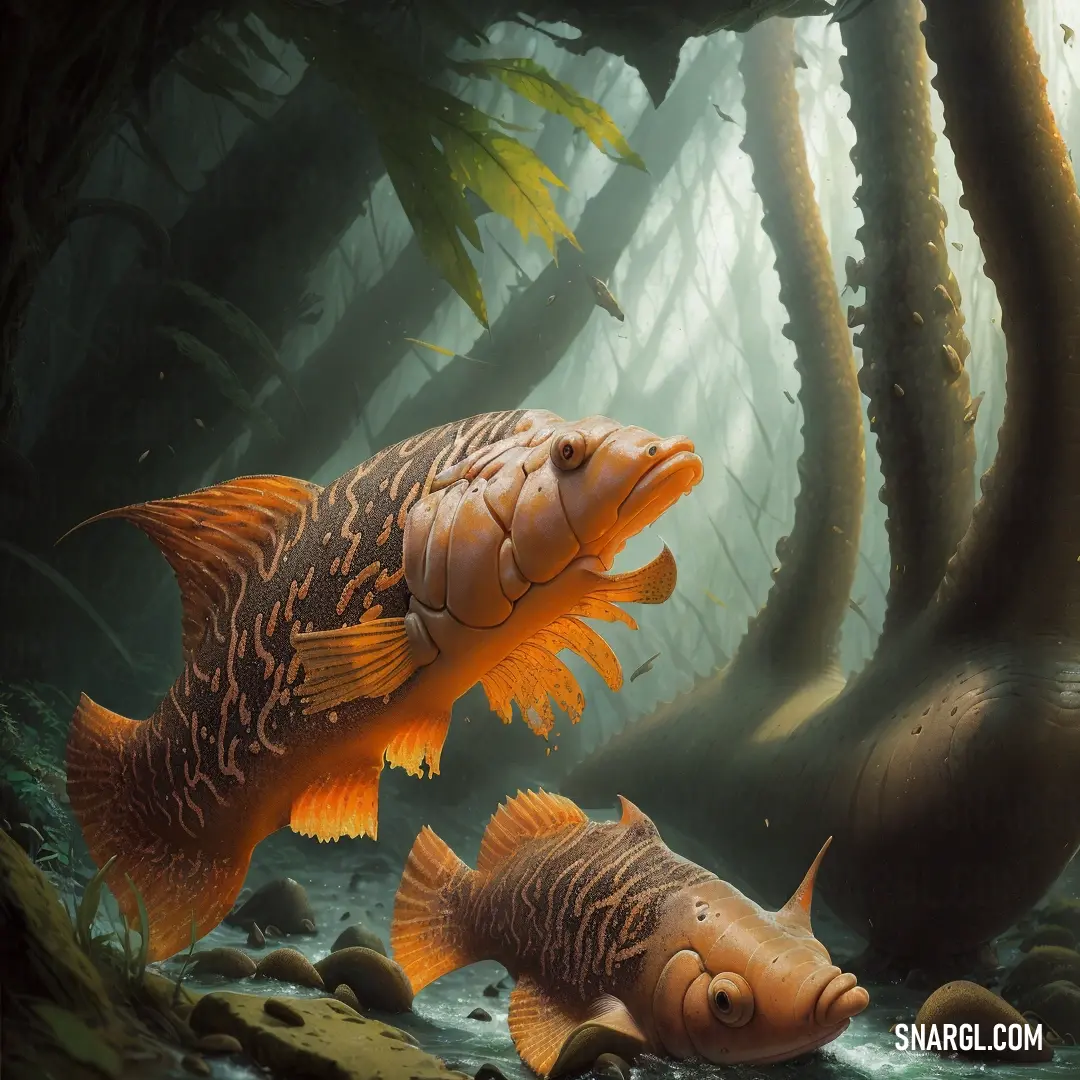
See these colors in NCS, PANTONE, RAL palettes...
Where does the Ancistrus live?
The Ancistrus is a genus of nocturnal freshwater fish that belongs to the family Loricariidae.
They are native to freshwater habitats in South America and Panama, where they are found in most areas where the family in general is present.
The Ancistrus species live in clear, fast-flowing streams that feed into the Amazon River.
They prefer oxygen-rich water with a strong current and plenty of hiding places, such as large roots and rocks.
They are also adaptable to different water conditions, and can tolerate a wide range of pH, hardness and temperature.
The Ancistrus fish are also known as bushynose or bristlenose catfish, because of the fleshy tentacles that grow on the head of adult males.
These tentacles are used to attract females and to compete with other males for territory and breeding sites.
The females have smaller tentacles or none at all.
The Ancistrus fish are popular in the aquarium trade, because they are relatively small, peaceful and easy to breed.
They are also useful as algae eaters, as they scrape algae and organic matter from the surfaces of the tank.
However, they also need wood in their diet, as they rasp wood fibers with their teeth.
Therefore, they should be provided with driftwood or bogwood in the aquarium.

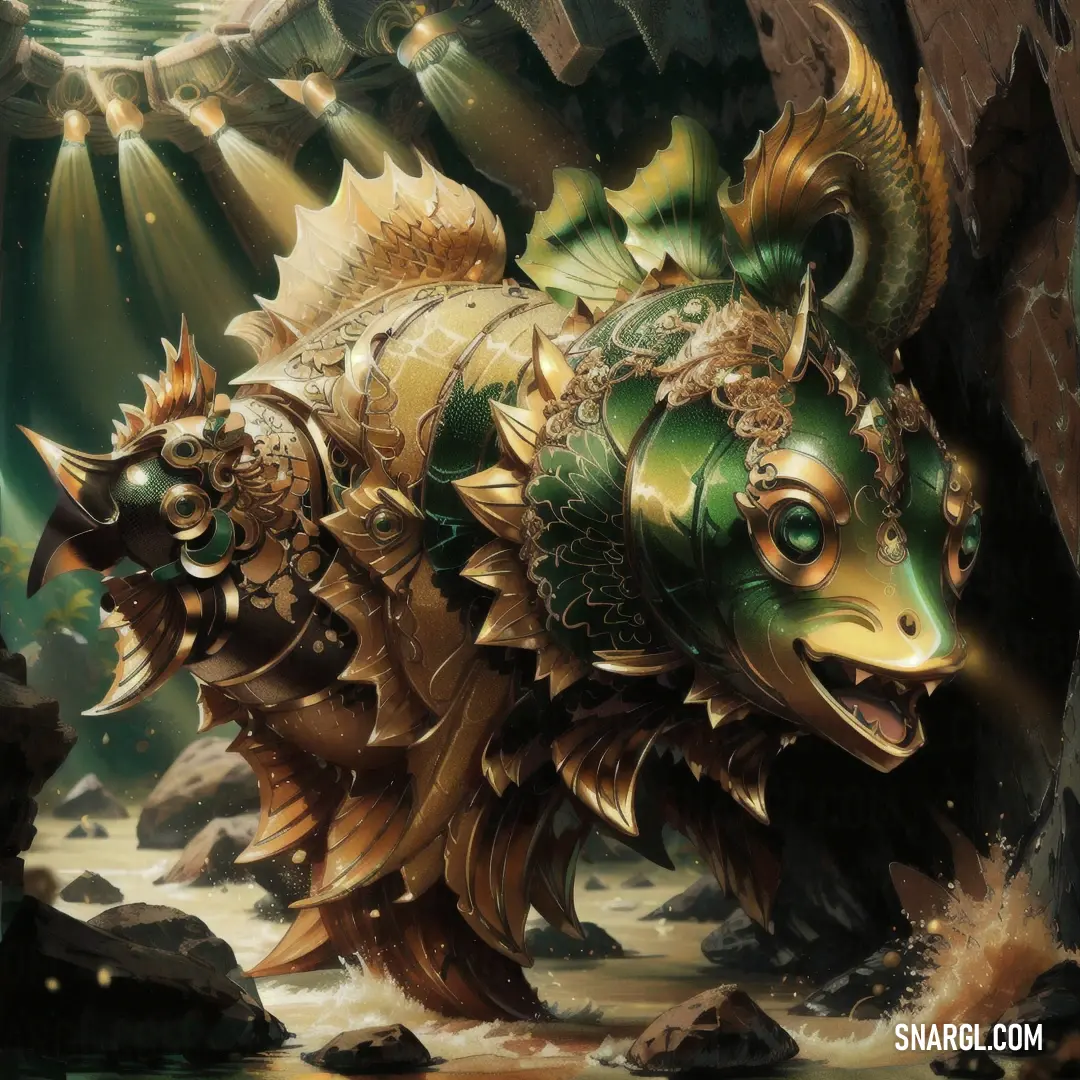
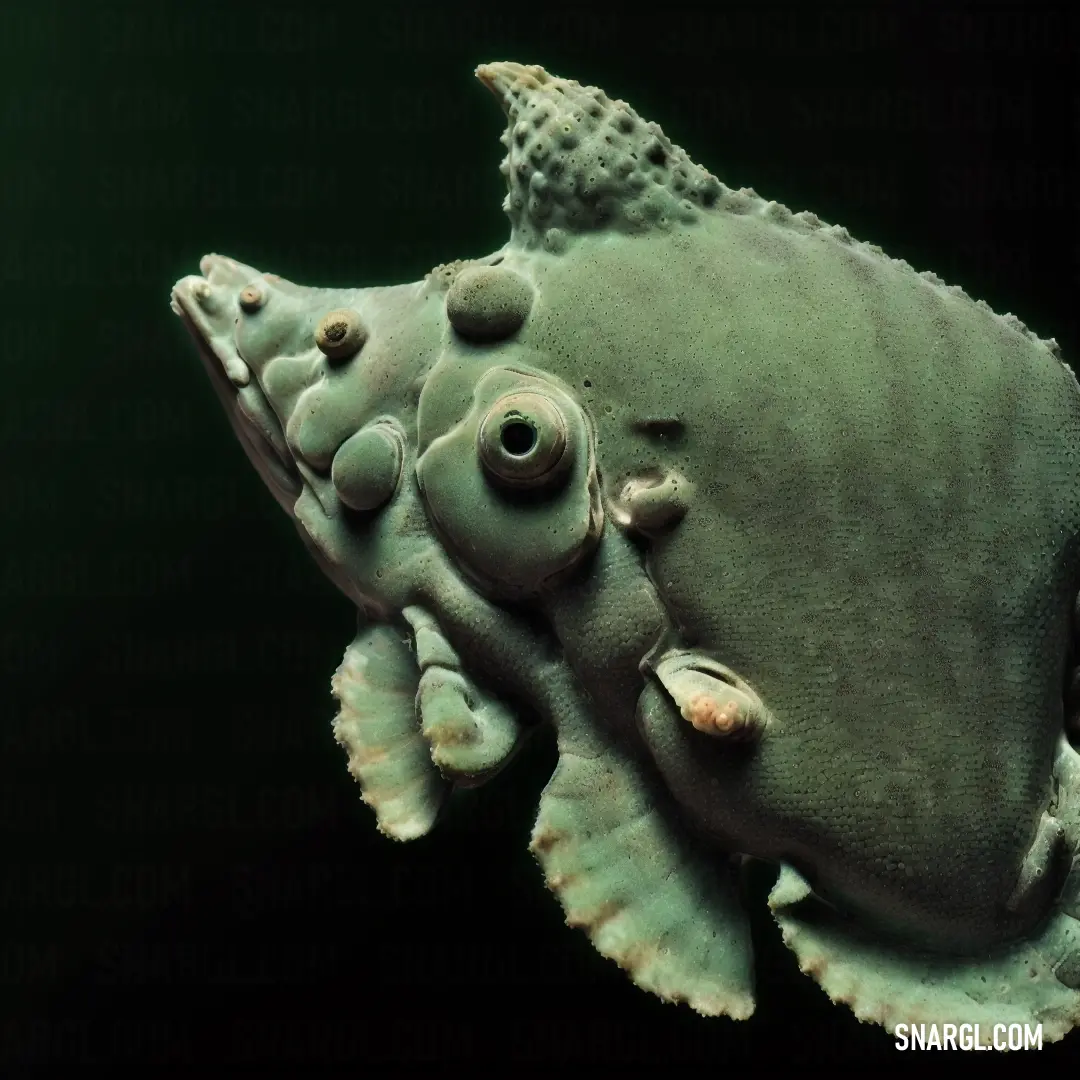
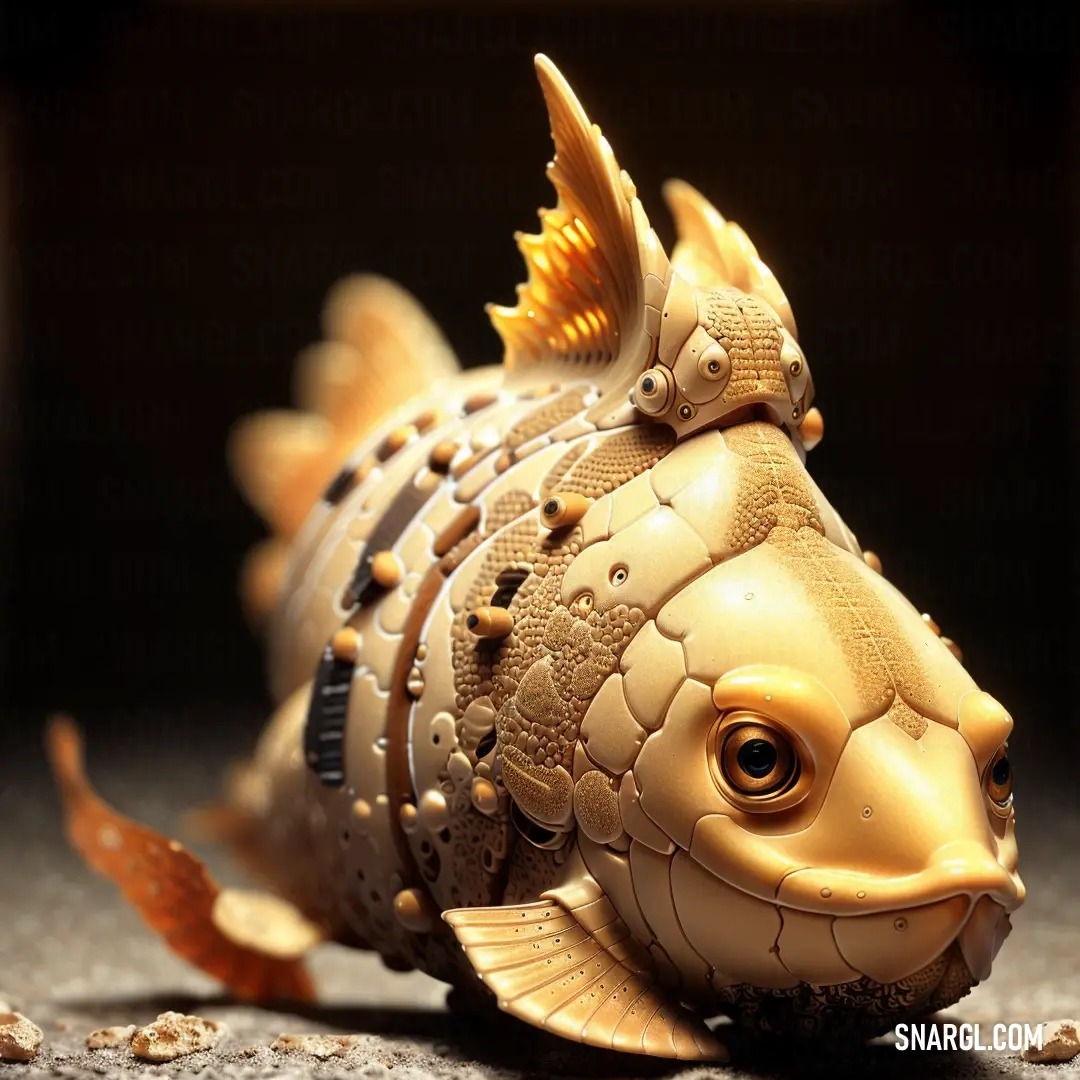
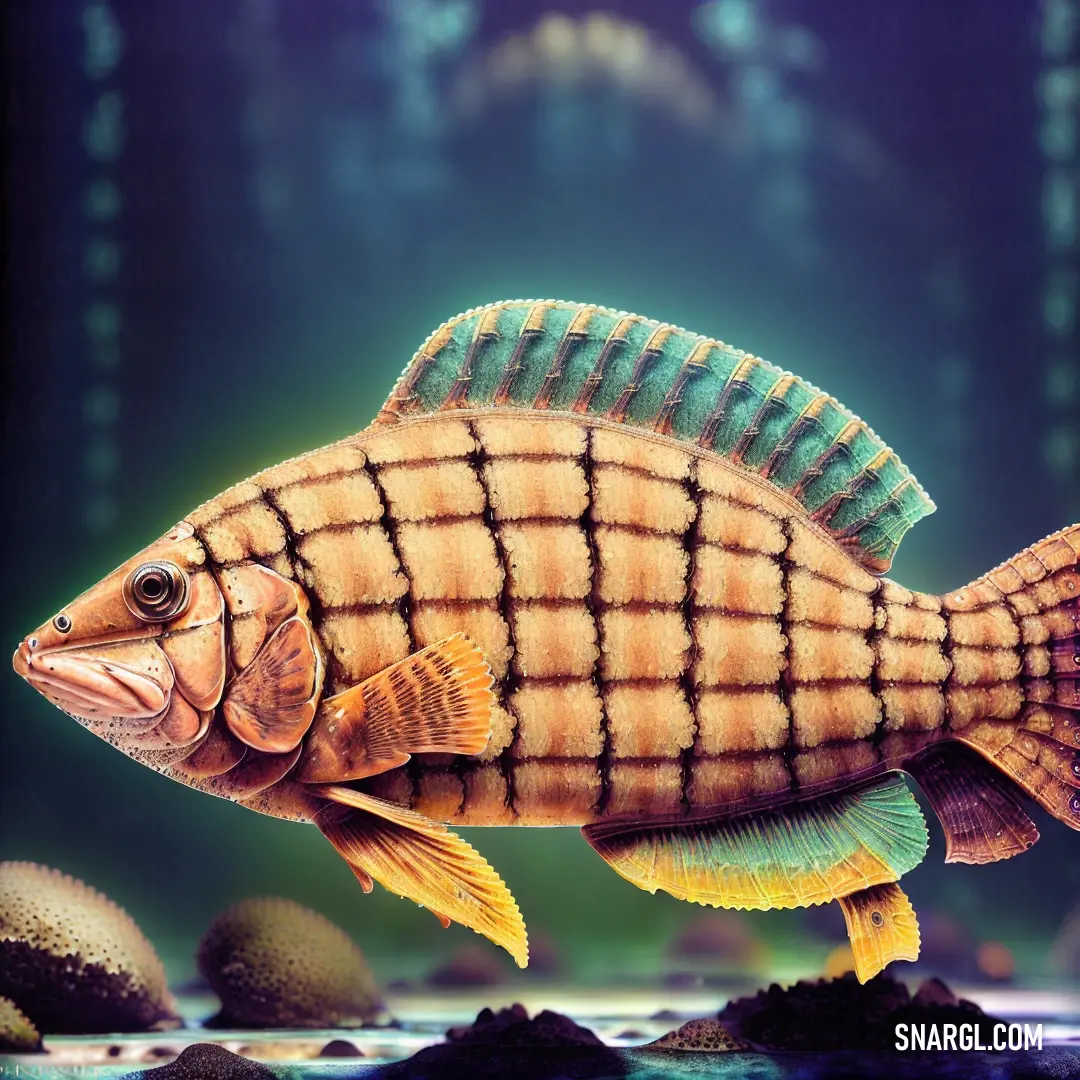
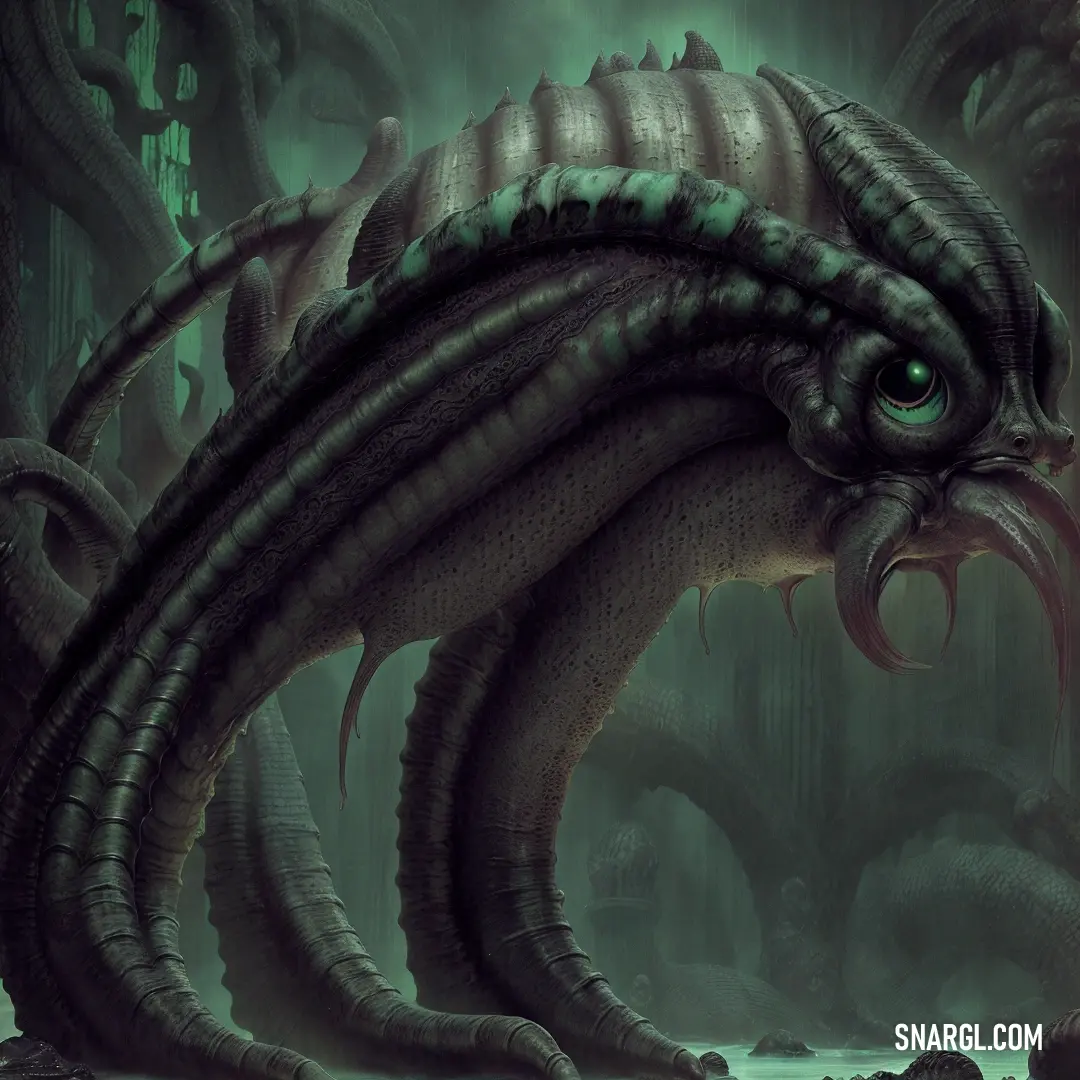
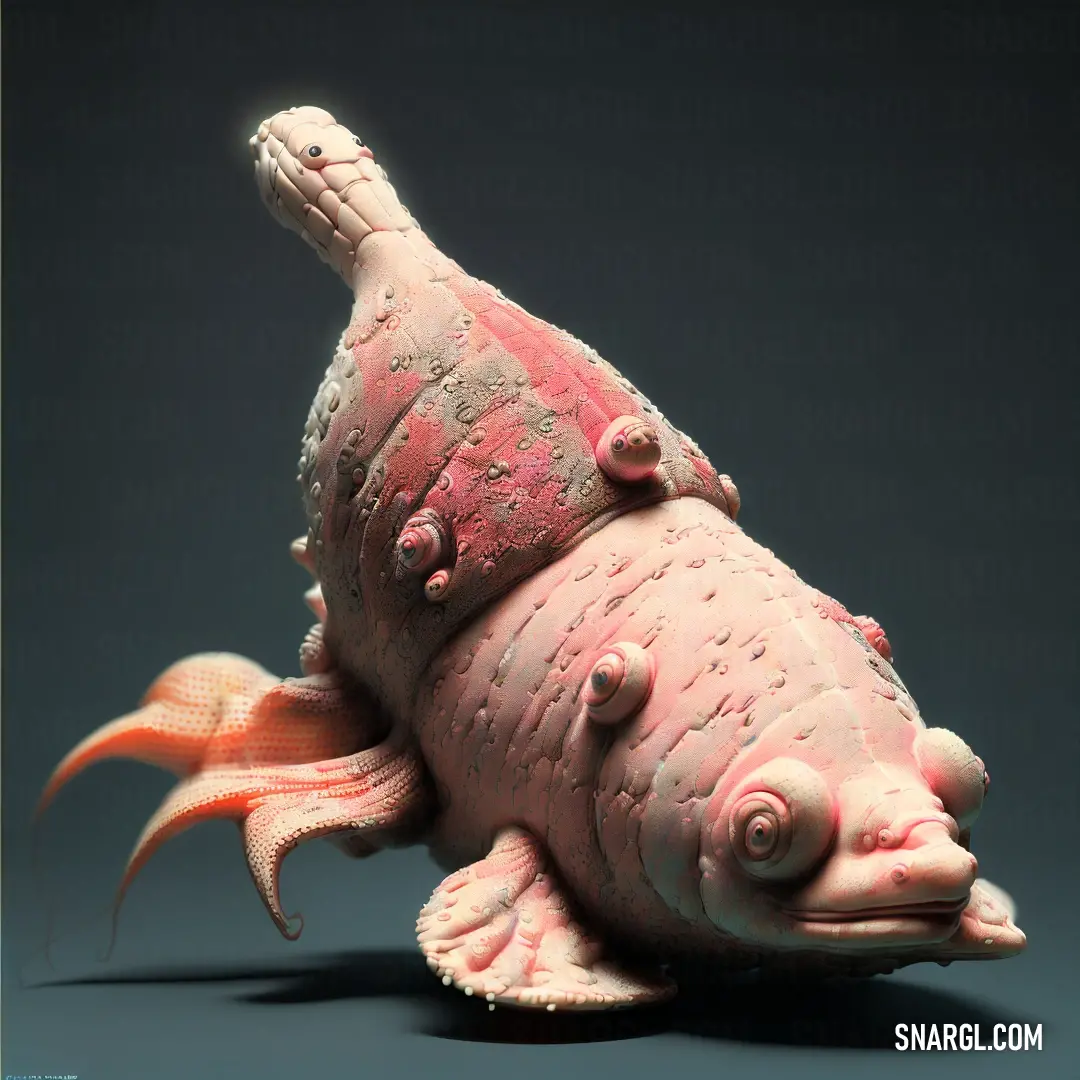
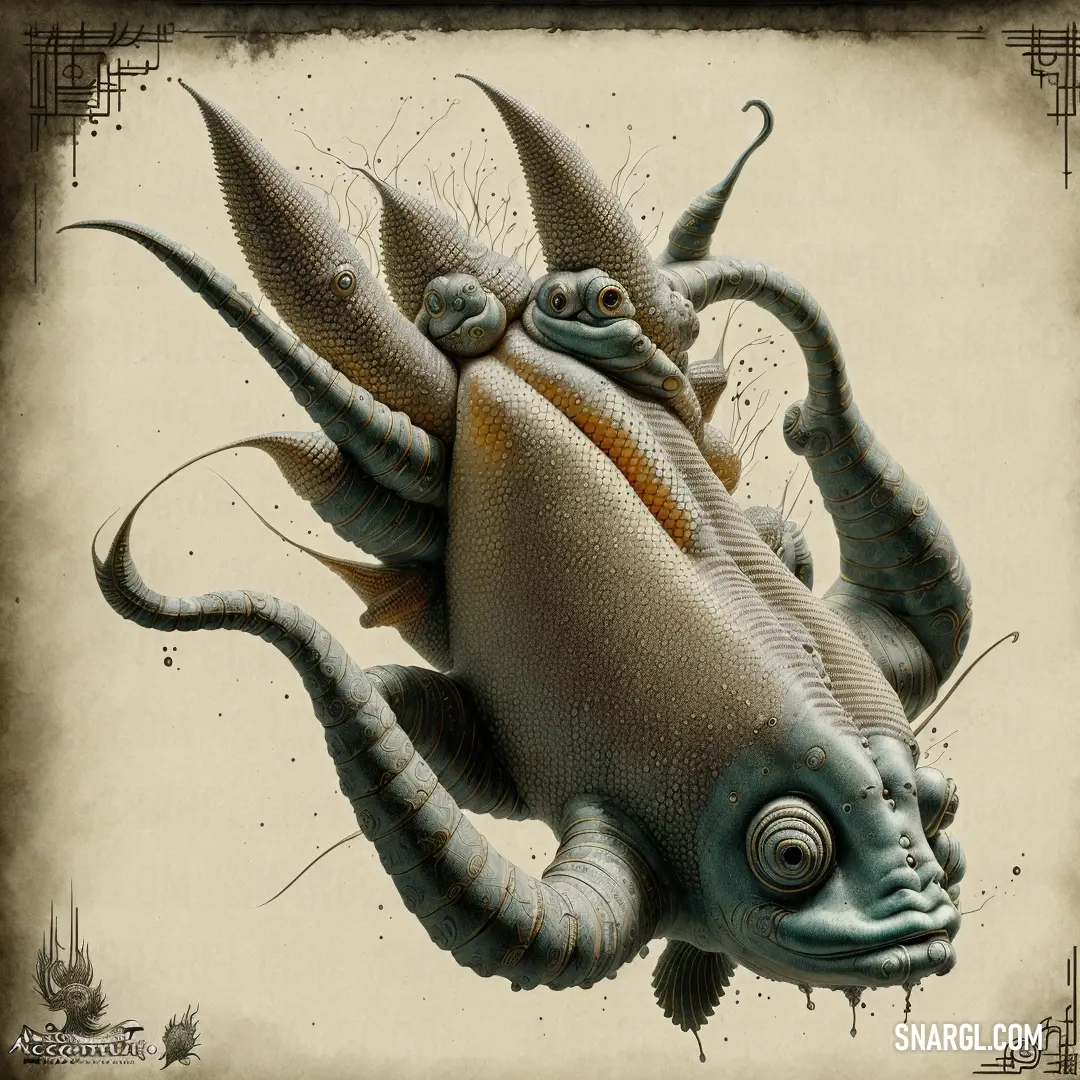
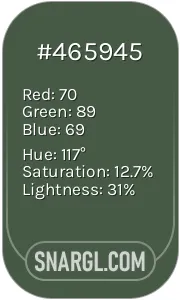 Gray-asparagus
Gray-asparagus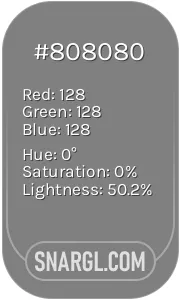 Gray
Gray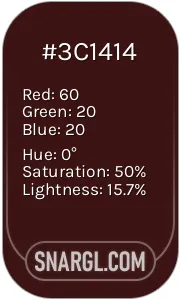 Dark sienna
Dark sienna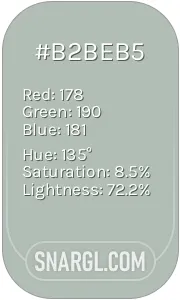 Ash grey
Ash grey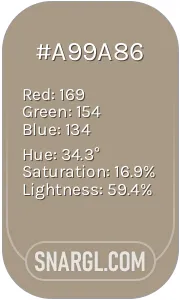 Grullo
Grullo
